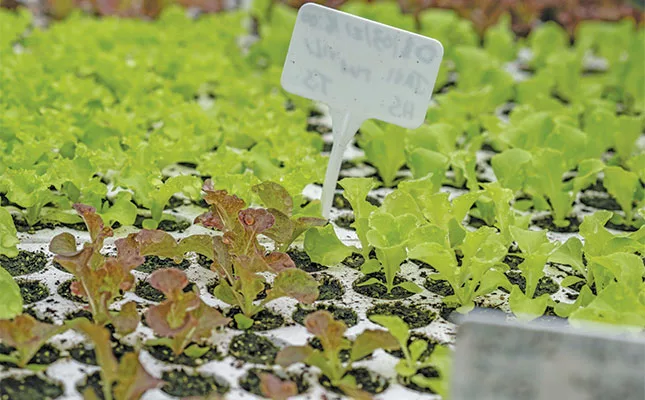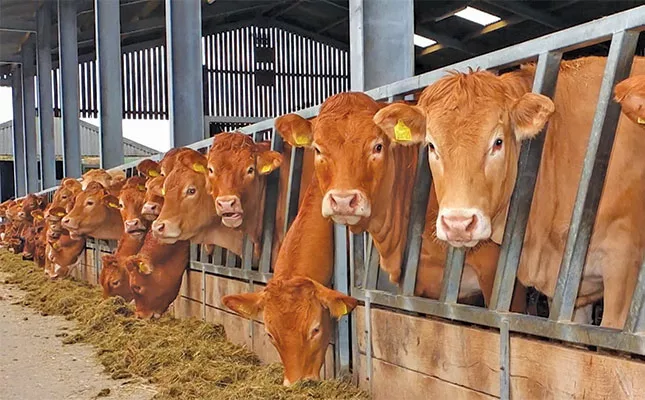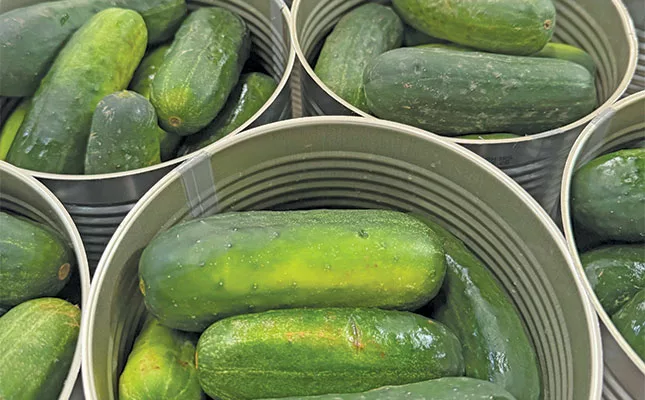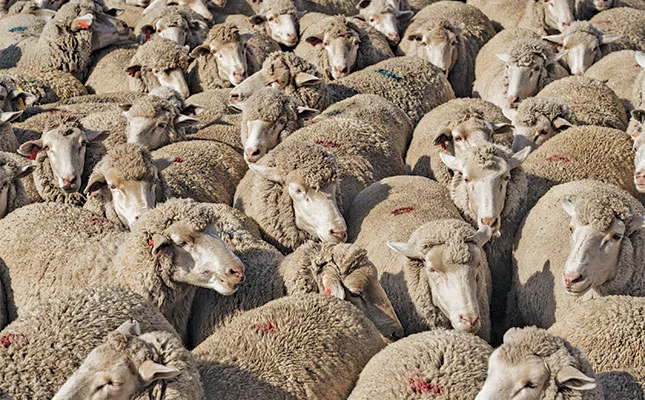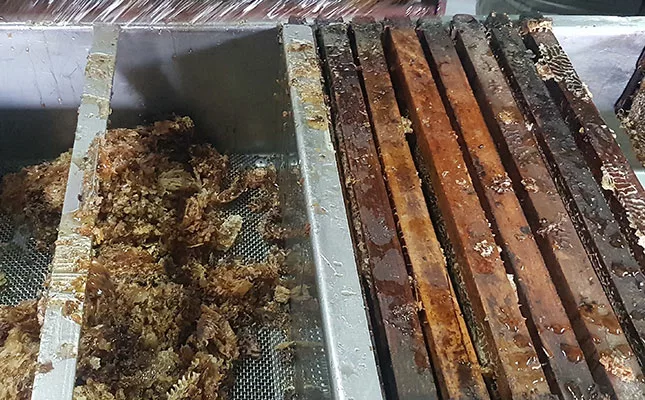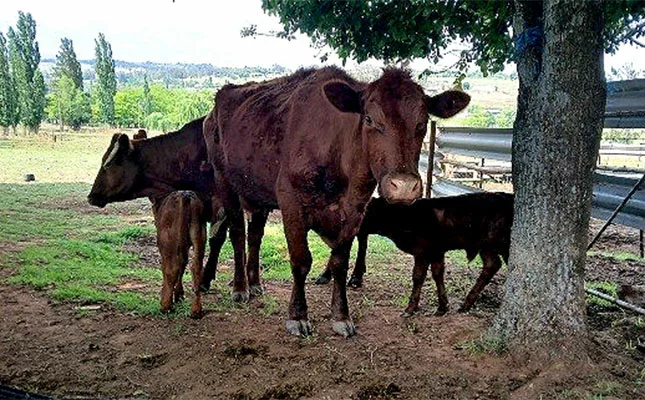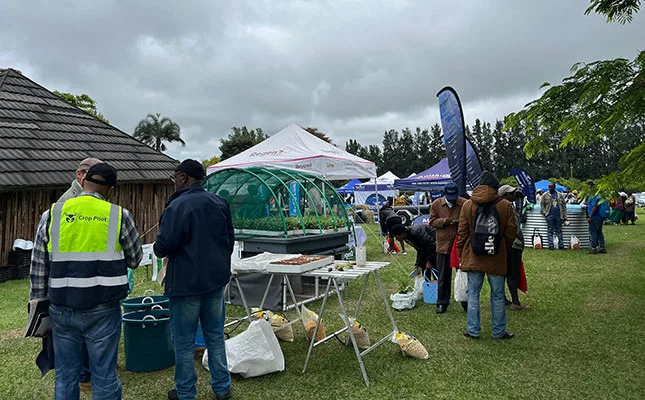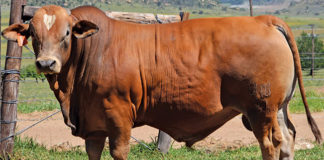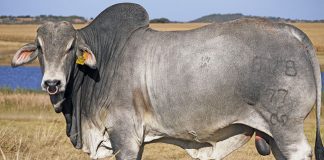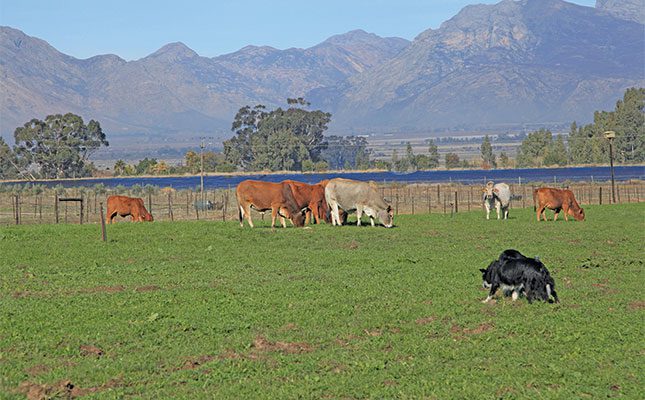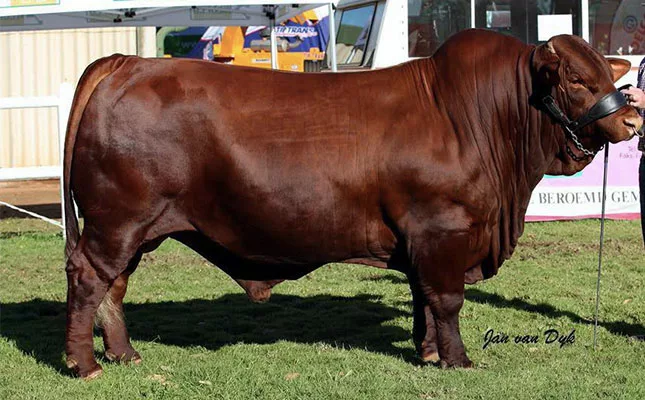
Photo: Facebook | Kochbo Santas
“There is a misconception that shows aren’t worth it,” Koch told Farmer’s Weekly.
“Some breeders avoid shows and focus only on the commercial market, but in my opinion, you have to go and show, especially at national events like the Santa Gertrudis Nationals, which are held every four years. It’s how you measure yourself within the breed and how you advertise it.”
Farmer’s Weekly recently reported that genetics, performance data, and breeding values were powerful tools for marketing animals. However, a championship show title carried significant weight, resulting in tangible price premiums and increased demand from local and international buyers.
But getting animals to this point demands money and time, and, according to Koch, feeding is the biggest cost.
“You can’t prepare an animal in a month; it takes at least three. In winter, our animals battle to put on weight because it’s so wet [in Moorreesburg]. You can’t just feed heavily; it’s not good for them.
“Transport, labour, and compliance costs add to the burden. The distance to a show matters because fuel is expensive. And labour is another problem. Many [breeders] have scaled down, but you still need skilled handlers who are properly trained,” he explained.
Koch added that disease control and movement restrictions further complicated logistics when it came to livestock shows.
“Diseases are always a problem. Any serious stud breeder can deal with them, though. South Africans adapt quickly when there’s a hurdle.
“Foot-and-mouth disease has a big impact on shows and sales, and on the economy. But it’s every farmer’s responsibility to ensure good biosecurity and follow show regulations,” he said.
While he said smaller regional shows might struggle to survive, he remained optimistic overall.
“Breeders are trying to keep things going, but smaller shows might not make it. I really hope they do. The larger ones like [the Bloem Show], Nampo Cape, and the Swartland [Show] will always be there. The communities are strong and work together to keep them alive.”
For Koch, showing cattle is about visibility and pride: “It’s free advertising to have your animals at a livestock show. You don’t need to take 30 animals; if each breeder takes 10 good ones, it’s enough. It’s an opportunity to see the latest developments in genetics across breeds.
“Livestock shows keep our breeds visible, our communities strong, and it’s good for the public to see the variety. There will always be a place for livestock shows,” he concluded.

